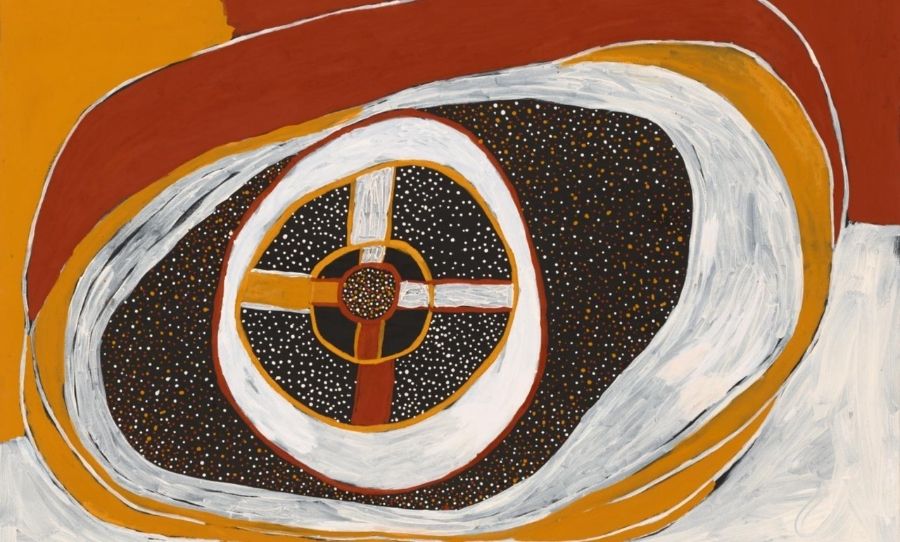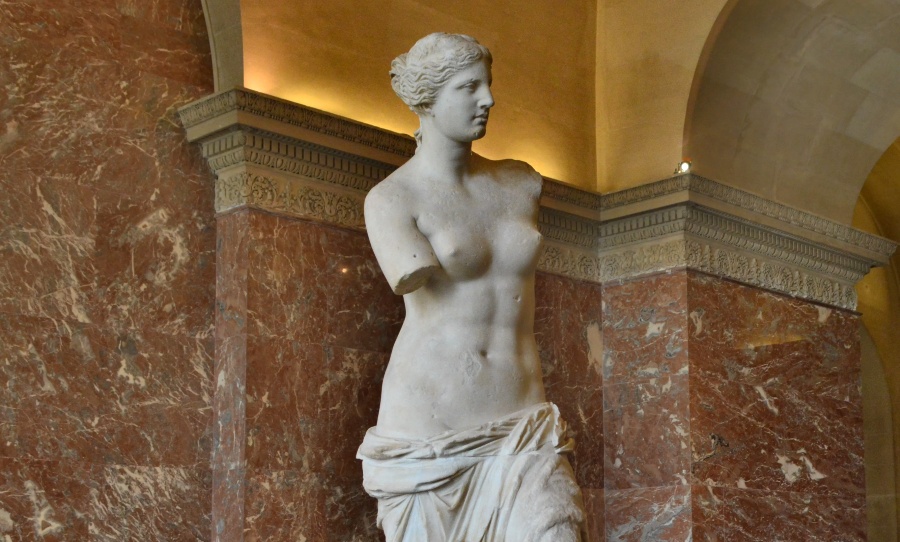Indigenous Australian art is gaining international traction with the National Gallery of Victoria sending 200 of its favourite pieces to North America.
The Stars We Do Not See: Australian Indigenous Art will open in Washington D.C.’s National Gallery of Art and tour across North America for a total of three years.
The exhibition will feature works from 130 Aboriginal and Torres Strait Islander artists from around Australia, and will travel to Colorado, Oregon, Massachusetts and Toronto.
With works from the 19th century to now, mediums ranging from bark to video and artists coming from the Torres Strait, Arnhem Land, and the Kimberley, the exhibition is a unique opportunity for First Nations art to relish in the international spotlight.
Myles Russell-Cook, the Senior Curator of Australian and First Nations Art at the National Gallery of Victoria, explained that, “It’s about really showing that Indigenous art is as diverse as Indigenous people.”
“Both the First Peoples of Australia and the Native Americans have been victim to the process of colonisation…We have more in common than we don’t have in common,” he says.
He also shared the intent for the exhibition to emphasise “the extraordinary time – 65,000 years – that Aboriginal people have been custodians of the land in Australia.”
The exhibition will celebrate award-winning artists such as Maree Clarke and Richard Bell, as well as the up-and-coming likes of Tracey Moffatt, Ricky Maynard and the late Destiny Deacon.
One well-known masterpiece included in the collection is Emily Kam Kngwarray’s 1995 Big Yam Dreaming, an 8 by 3 metre monochromatic piece that was created with a single, sprawling stroke.
The exhibition follows up from an already successful year for First Nations artists, with Archie Moore’s exhibition winning first place at the 2024 Venice Biennale.
The Stars We Do Not See is sure to resonate with North American audiences and open up a global appreciation for the art that represents our First Nations communities.



